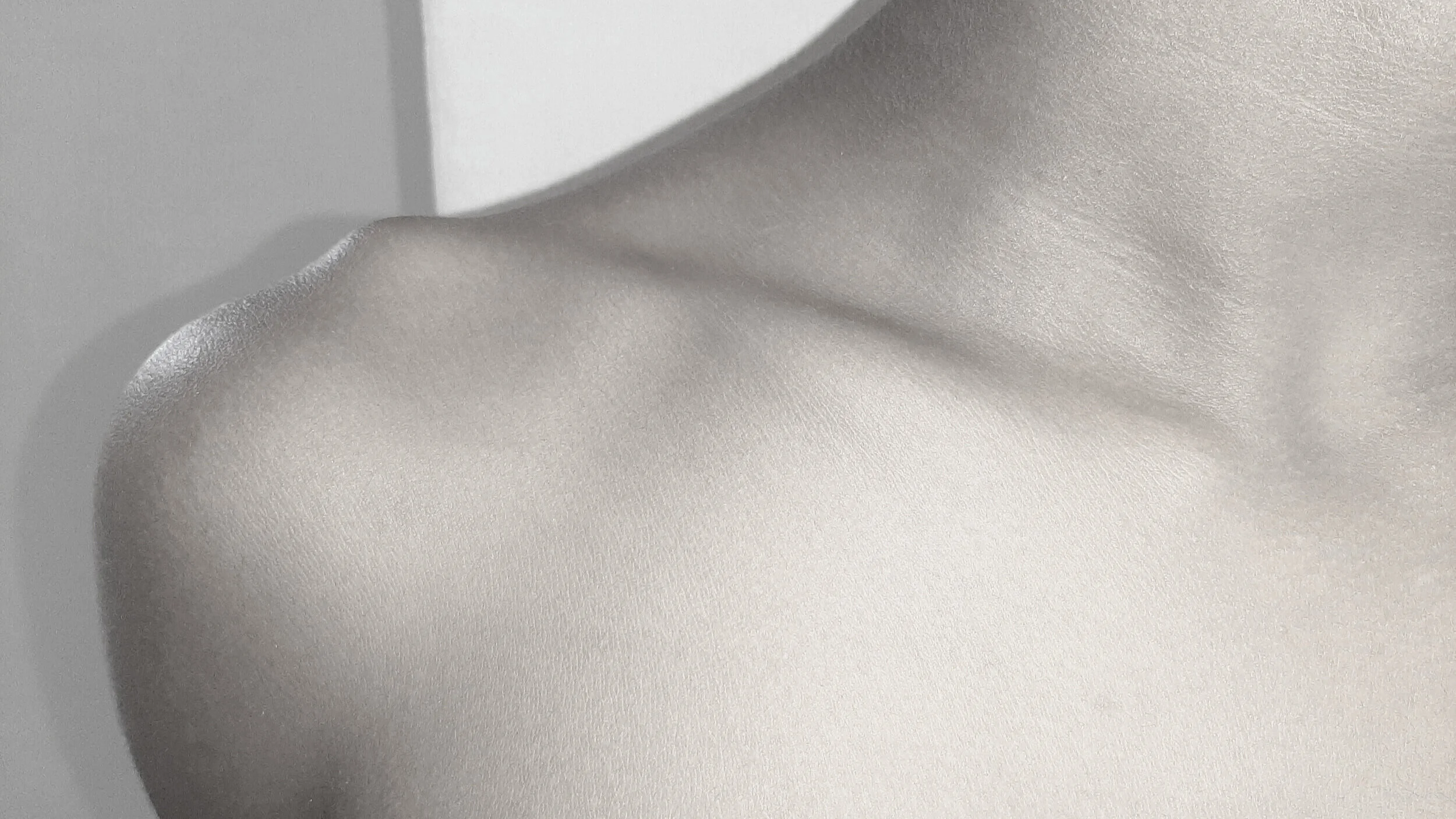Open ACJ Stabilisation.
Why might I need an open ACJ stabilisation procedure?
Mr Moverley will recommend this procedure if you are experiencing symptoms related to ACJ instability, usually caused by an initial trauma. Surgery involves repairing the torn tendons, or replacing them with either natural or artificial ligaments. Surgery is usually only required once an appropriate course of physiotherapy has been undertaken and symptoms persist to an unmanageable level.
What does surgery involve?
On the day of surgery you will be admitted to the ward or surgical admission area. You will once again meet your surgeon who will ensure you are still happy to proceed and that you understand the risks and benefits of the procedure. This is a good opportunity for you to ask any further questions. You will be asked to sign a consent form if you have not already done so. You will meet your anaesthetist who will explain the type of anaesthetic you will receive.
Open ACJ stabilisation surgery usually requires a general anaesthetic (you will be asleep) and a nerve block so that the arm will be numb for approximately 12 hours post operatively. During surgery a replacement ligament is wrapped around the collarbone and the coracoid bone (a bony prominence at the front of the shoulderblade). This helps to hold the ACJ in place and prevent recurrent instability and pain. The replacement ligament is inserted through a 5-10 cm incision made on the top and the front of the shoulder. The ligament is secured to the collarbone with a screw.
The procedure is usually done as a day case meaning you can go home on the same day as your surgery.
The wounds are repaired with stitches and covered with a splash proof dressing. The wounds should be kept dry for 10-14 days.
A typical technique for ACJ stabilsation. Mr Moverley will tailor your surgery to meet your specific needs, therefore the actual technique used may differ.
What happens post operatively?
Immediately after surgery your arm will be in a sling and will usually feel heavy and numb as a result of the nerve block. You will be given painkillers if you are in any pain, and these will also be provided upon discharge. A physiotherapist will assess you to make sure that you can remove and apply the sling safely. They will provide some early exercises to help prevent stiffness of the hand, wrist and shoulder.
How long is the rehabilitation process?
You will require extensive physiotherapy to maximise the benefit from your shoulder stabilisation. The final result from ACJ stabilisation often takes 6-12 months, most patients start to experience real improvement after approximately 3 months. Physiotherapy is individualised to your specific needs and will progress with the following goals:
Early (0-6 weeks): Minimise post-operative stiffness with active finger, wrist and elbow movements. Gentle shoulder pendulum and scapula setting exercises. Protection in a sling for 3 weeks minimum. Progression to full active range of movement.
Middle (7-12 weeks): Continue to achieve full active range of movement under supervision of the physiotherapist, combined movements allowed where possible. Begin proprioception and scapula stabilisation exercises.
Late (12 weeks and beyond): Graded return to all previous functional and recreation activities.
Approximately how long will it be before I can...?
Drive: 3 weeks
Desk job 2 weeks
Manual work 1 2 weeks
Golf 12 weeks
Racket sport 12 weeks
Contact sport 24 weeks
Repetitive overhead activity/sport24 weeks
What are the potential risks and complications?
As with any operation, a small number of people may have problems after an ACJ stabilisation. Most of these problems are quite minor and can be treated easily but occasionally further surgery is needed. The main risks are:
Infection – 1% of cases
Nerve injury – Extremely rare (less than 1 in 1000). Some of the main nerves of the arm are very close to the surgical area and a can be damaged during surgery. If permanently damaged it can lead to pain and weakness
Mild stiffness is quite common but occasionally a full frozen shoulder can develop (1-2% of cases) which can prolong your recovery by a few months, it usually responds well to a steroid injection.
Appearance – Even after successful surgery the collar bone may appear higher than your uninjured side.
Failure to improve (1-2%) -The ligament may fail to work and require replacement.
Metalwork irritation –If the screws used to secure the ligament irritates the skin it may require removal.
Is ACJ stabilisation always successful?
Approximately 85-90% of patients will make a good or excellent recovery. 10% will have some on-going discomfort. Some patients will develop recurrent instability, sometimes following a new injury, and will require revision surgery. The results of shoulder stabilisation are therefore not guaranteed which is why Mr Moverley will want to ensure that all non-operative measures have been exhausted first.

